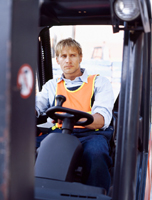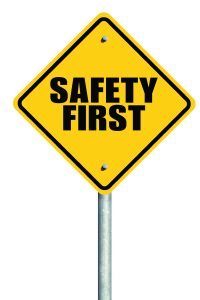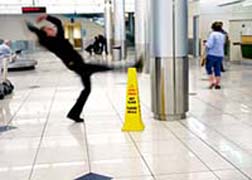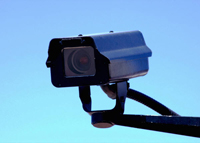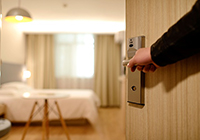 Most people don’t think of hotel workers when they think of hazardous jobs. After all, they’re not working with dangerous equipment for many hours a day, nor are they exposed to toxins. But dangers sometimes lurk where you least expect it, and this may explain why there seems to be an influx in claims related to the industry.
Most people don’t think of hotel workers when they think of hazardous jobs. After all, they’re not working with dangerous equipment for many hours a day, nor are they exposed to toxins. But dangers sometimes lurk where you least expect it, and this may explain why there seems to be an influx in claims related to the industry.
Time and Prevention
Hospitality tends to yield injuries to staff that are otherwise preventable with better training or hiring practices. Some of these protocols are skipped in light of more pressing matters of the day. When tourists cut back, hotels often have no choice but to cut back on their staff as well. When employees aren’t properly supervised or they feel overwhelmed to complete tasks before their shift is over, they’re liable to make a mistake. While most hotel managers and owners understand the preventative measures they’re supposed to take, the evidence suggests that these precautions are being ignored in light of what’s convenient or cheaper.
The Hazards of Hotels
Employees in hospitality are constantly being asked to lift or carry a variety of objects. From the steward unloading supplies or baggage to the waiter picking up huge trays of food to the room attendant turning over a mattress, there’s a lot of ways that an employee may take a shortcut or simply take on more than they’re ready to handle. They’re also often working in precarious situations that demand awkward body positions. Over time, the odds of an injury occurring will increase to the point of certainty if there’s no intervention. One hotel hired a worker who had two knee replacements, who then injured her leg — costing the hotel tens of thousands. Room attendants who work with chemicals all day may develop irritation to them over time, and those who clean floors may find that their backs start to ache after a few weeks.
Tips to Decrease Liability
The best way to decrease your liability in the hotel industry is to give your staff only what they can handle. This means seeing past the immediate needs to save money, and instead focusing on training and supervision to ensure that everyone understands what safety really means. It may also mean investing in equipment that is ergonomic. For example, a new power scrubber may allow maximum control with minimum body effort on the part of the cleaner. These tips only strengthen the hotel to increase its profits rather than eat into your bottom line. Skipping steps generally results in insurance rates rising or having to pay out of pocket for the cost of an accident.



